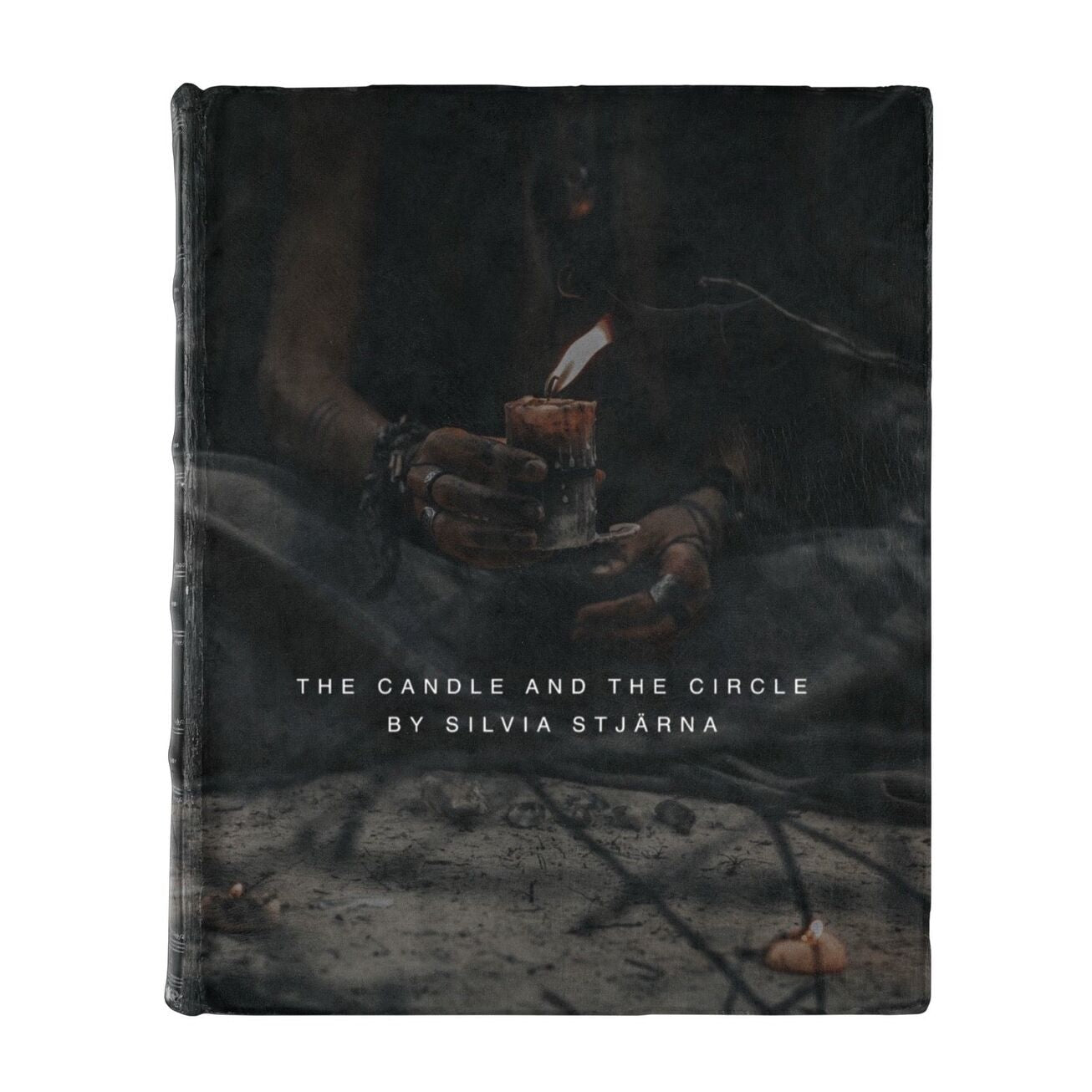Summary of The Candle and the Circle by Silvia Stjarna
Introduction & Core Philosophy
Silvia Stjarna presents The Candle and the Circle as a propless mind-reading technique designed to create genuine, mystical experiences. Drawing on metaphors like “cake ingredients” (methods as tools, not results) and the shamanic brew Ayahuasca (synergistic elements creating powerful effects), she argues that mentalism methods enhance, rather than undermine, authentic experiences. The goal is to use simple, existing techniques to craft transcendental interactions, focusing on the spectator’s experience over “big mentalism bangers.”
“Ingredients”: Requirements & Spectator Selection
- Minimal Tools: Only the performer and a spectator are needed.
- Spectator Tips: Choose individuals open to mind-reading (e.g., those who answer “yes” to “Can mind-reading exist?”) and visibly engaged (wide-eyed, leaning in).
- Handling Challenges: If challenged (“Read my mind!”), frame mind-reading as “communication” (like a phone call needing participation). Offer “specific thought reading” (e.g., billet peek) later to justify engagement, using a scripted, gentle tone (“How does that sound?”).
Instructions: Visualization & Setup
- Conditioning: Start with three commands (“Sit upright, feet flat, face me”) to prime the spectator to follow instructions.
- Guided Visualization:
- Ask the spectator to imagine an old wooden table, draw a dinner-plate-sized white chalk circle on it, and place a lit white candle outside the circle (position emphasized to avoid premature placement).
- Symbolism: The circle represents the spectator’s mind; the candle “guides sight” (revealing only what enters its light).
- Permission & Movement: Secure consent to “move the candle into the circle,” then have the spectator visualize the candle sliding slowly into the circle’s center. Lewis Le Val adds a tip: gesture toward the spectator’s left during this phase (even with their eyes closed) to reinforce the illusion for onlookers.
The Reading: Delivering Impressions
- Performer’s Visualization: The performer imagines the same scene (table, circle, candle) to trigger spontaneous mental impressions (people, symbols, tarot, runes, etc.). These impressions are described aloud, letting the spectator interpret connections (e.g., “I see a dark-haired man” → spectator identifies “my cousin Steve”).
- Handling “Blanks”: If stuck, use alphabet letters to generate words (e.g., “S” → “Strength”) and elaborate on them.
- Key Principle: Not every “hit” is required; excessive accuracy may appear staged. Focus on interpreting subconscious feelings, dreams, or general thoughts.
Closing the Experience
Guide the spectator to re-close their eyes, visualize the candle, and “blow it out” (using only the sound of blowing to avoid discomfort). Describe a vague “feeling of absence” (like a friend leaving a room), then have them open their eyes and thank them.
In essence, The Candle and the Circle prioritizes simplicity, spectator engagement, and authentic experience, using visualization and psychological framing to craft compelling mind-reading moments.

Comments0